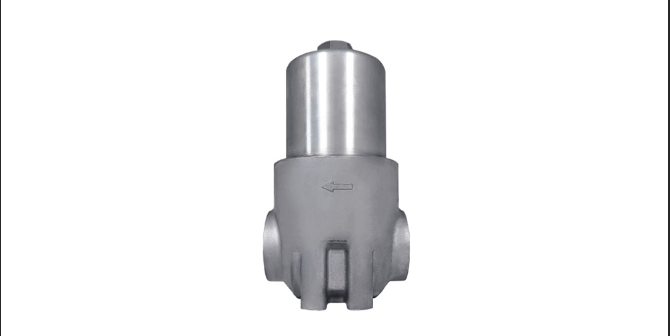The relationship between filtration accuracy and flow is mutual influence, generally speaking, the higher the filtration accuracy, the smaller the flow through. This is because high-precision filters require a finer aperture to intercept smaller particles, which increases the resistance of the fluid through the filter, thereby reducing the flow rate. The following is the specific introduction:
1. Influence of filtration accuracy
(1) Definition
Filtration accuracy is usually expressed in microns (μm), representing the size of the filter element aperture. The smaller the aperture, the smaller the particles that can be trapped, and the higher the filtration accuracy.
(2) High-precision influence
When the filtration accuracy is high, the filter bore is small, and the resistance of the fluid passing is increased, resulting in a decrease in flow rate. Therefore, in applications that require high-precision filtration, such as aseptic pharmaceuticals or high-purity chemical production, lower flow rates are often accepted to ensure a high degree of purification.
(3) Low precision impact
In contrast, coarse filtration allows larger particles to pass through, the filter aperture is larger, the fluid resistance is small, and the flow rate is larger. This is suitable for the initial interception of large particulate matter, such as industrial cooling water filtration or pretreatment filtration.
2. Traffic impact
(1) Definition
Flow rate refers to the amount of fluid passing through the filter per unit time, usually expressed in liters per minute (L/min). This is an important indicator to evaluate the processing capacity of the filter.
(2) High traffic requirements
In application scenarios with high flow requirements, filters with larger filtering areas and lower filtering accuracy are usually required. For example, in large hydraulic systems, large flow filters may be required to ensure the normal operation of the system.
(3) Low flow requirements
For low flow requirements, small area, high-precision filters can be used. Such filters are suitable for fine filtration in laboratories or small scale precision equipment.
3. The effect of filtration area
(1) Relation between area and flow
The larger the filter area, the greater the flow through the filter. This is because the large area provides more fluid passage, reducing flow resistance. Modern hydraulic filters mostly use star-shaped folding structure, which greatly increases the filtration area, thereby improving the flow rate.
(2) Practical application
In the actual design, the filter area can be increased by increasing the length of the filter element or using a folding design to meet the needs of high flow applications.
4. Influence of medium viscosity of the filter
(1) Medium characteristics
The viscosity of the fluid can have a significant effect on the flow rate of the filter. Fluids with high viscosity have a harder time passing through the filter, resulting in reduced flow. For example, at low temperatures, the viscosity of the hydraulic oil increases, and the flow rate of the filter decreases accordingly.
(2) Application precautions
When selecting a filter, the viscosity of the fluid in the actual working environment should be considered. In particular, special systems that work under high or low temperature conditions, such as heavy machinery hydraulic systems, should choose filters suitable for high-viscosity oils.
5. The influence of pressure difference
(1) Definition of pressure difference
The pressure difference at both ends of the filter is the driving force to push the fluid through the filter, and there is a quadratic relationship between the pressure difference and the flow rate. The greater the pressure difference, the greater the flow rate, but too high a pressure difference may cause damage to the filter element.
(2) Pressure difference management
When designing the hydraulic system, the appropriate filter size should be selected according to the pressure difference-flow characteristic curve of the filter to ensure that the system operates within the safe pressure difference range.

